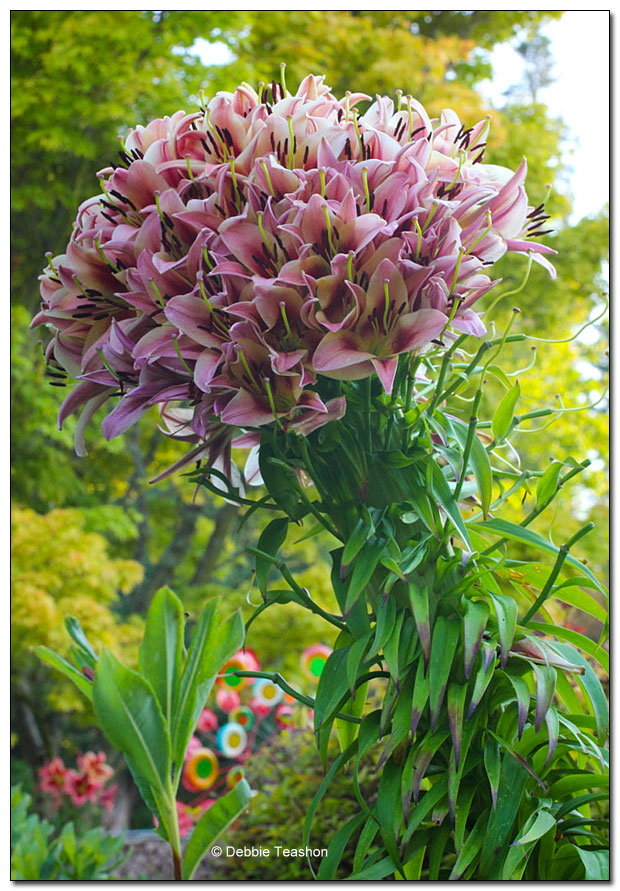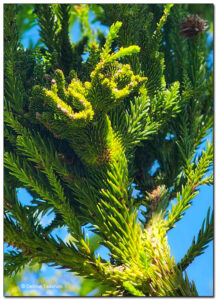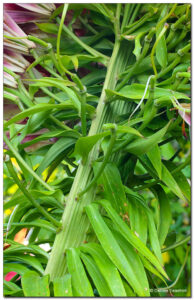Fascinating Fasciation

A video of this is at the end.
Something is fascinating about fasciation in plants.
Plant collectors always look for the unique and unusual, and fasciated plants are no exception. But what causes these rare growth patterns? It could be hormonal imbalances, genetics, fungi, bacteria, infection, virus, or physical injury to the plant. Environmental causes such as cold temperatures may also contribute. The rarity of these occurrences makes them all the more fascinating.
‘Fasciation’ is derived from the Latin word’ fascis,’ which means bundle. This bundle resembles a stack of flattened plant parts, sometimes called cristation. The fasciation on this Cryptomeria, for instance, is a visual spectacle. Its unique beauty can be likened to the coral shapes I used to marvel at while skin diving off of Sunset Beach, Hawaii. It’s this visual appeal that makes plant fasciation so captivating and awe-inspiring.
Plant enthusiasts often come across daisies with two flowers fused on one stem, such as Echinaceas (cone flowers) with similar anomalies. But imagine a lily with hundreds of flowers on a single stem. This is just one example of the many plants that can exhibit fasciation, a phenomenon that never fails to captivate plant enthusiasts like us.
My friend Peg Smith messaged me when one of her lilies fasciated. I happily visited her beautiful garden for a once-in-a-lifetime look at this phenomenal lily mutation. Seeing hundreds of flowers bunched tightly together on the fused stems was startling. I was honored to photograph the anomaly, as it most likely won’t happen again for this bulb. This experience further deepened my fascination with plant fasciation, a reminder of the endless wonders nature has in store for us.
Regardless of what causes this odd growth, plant fasciation never fails to captivate me. It’s a reminder of the endless wonders nature has in store for us, and this sense of intrigue keeps me fascinated by plant fasciation.


